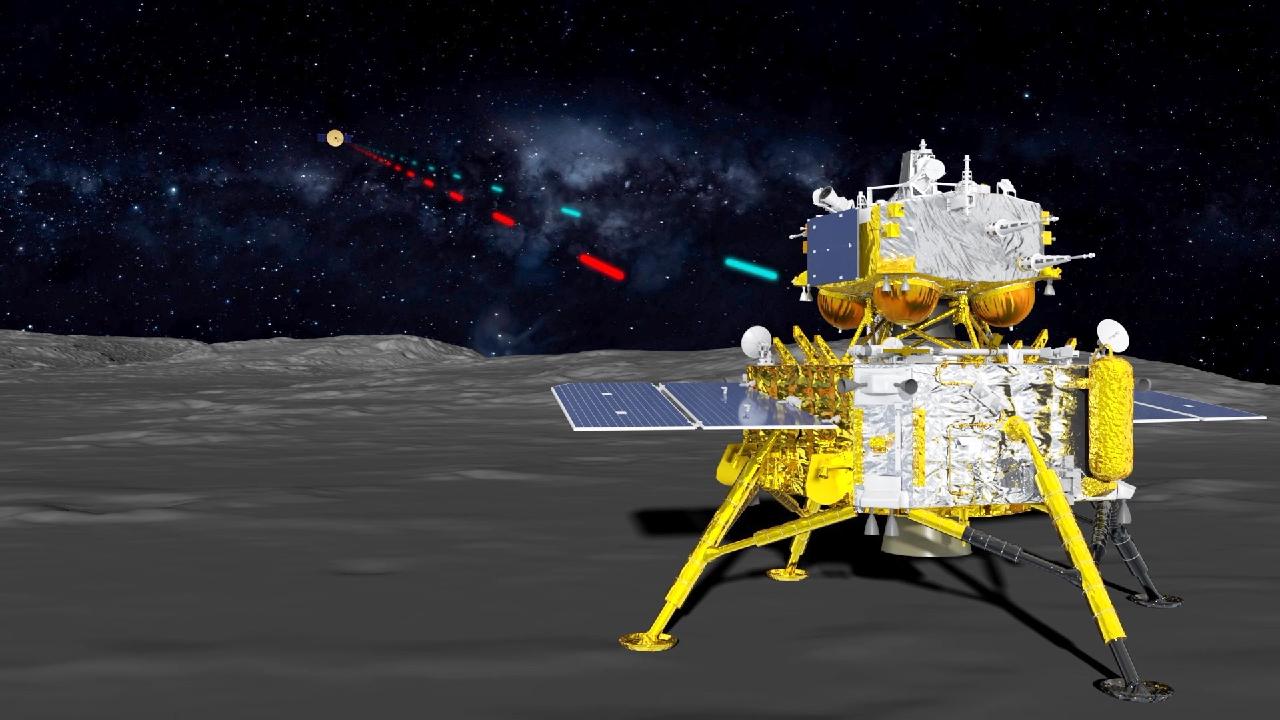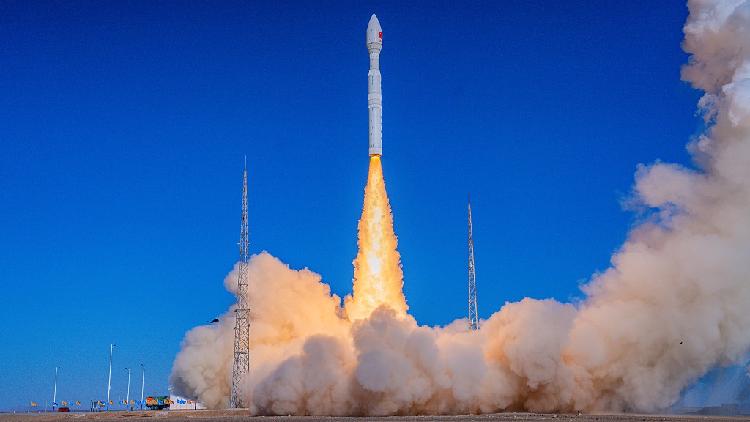Scientists Heat Gold Beyond Sun's Temp Without Melting

The recent breakthrough in heating gold to temperatures exceeding 19,000 Kelvin is an extraordinary feat that challenges long-standing theories in physics and materials science. Such temperatures are not only staggering, being over 14 times what gold usually needs to melt, but they also transcend the surface temperature of the sun. This experimentation opens new avenues for both research in fusion energy and enhanced understanding of planetary science, as it redefines our grasp on how materials behave under extreme conditions.
Traditionally, the "entropy catastrophe" theory dictated that solids would experience melting at temperatures reaching three times their melting points. However, this new research reveals that with rapid heating techniques—enabled by advancements in short-pulse laser technology—materials like gold can maintain a solid crystalline structure even when subjected to extreme conditions. In experiments undertaken at the SLAC National Accelerator Laboratory, lasers heated a thin layer of gold foil in mere femtoseconds, exposing it to unprecedented thermal stresses without transforming it into a liquid. This dramatic evidence, collected by a collaboration of top-tier global institutions, provides a remarkable insight into material properties at high-energy conditions.
The implications of this discovery could be monumental, especially for sectors like energy—particularly fusion energy research. The research suggests that if the heating rate is sufficiently rapid, solids could withstand far greater temperatures without melting, challenging our existing limits of material science. It raises important questions regarding the properties of other materials under similar extreme conditions, possibly leading us to rethink applications in nuclear physics and planetary exploration. As Thomas White stated, this research could lead to uncovering the internal temperature of compressed iron within planets, allowing scientists to better understand planetary structures. The question remains: what other materials might exhibit this newfound superheating property, and how could those properties advance our technological capabilities in materials science?
Read These Next

Chang'e-6 Lunar Samples to Be Featured at 15th Airshow China
China's Chang'e-6 lunar samples will be showcased at the 15th Aviation and Aerospace Exhibition in Zhuhai this November.

Lijian-1 Y6 Rocket Finishes Final Assembly Test in China
The Lijian-1 Y6 rocket's final assembly test by CAS Space signals China’s focus on enhancing commercial space capabilities for a December launch.

Nvidia's AI Model and the Future of Tech
A commentary on Nvidia's unveiling of its Nemotron Nano v2 AI model, discussing the significance of small models in the AI landscape, and its implications for the future of technology and innovation.
